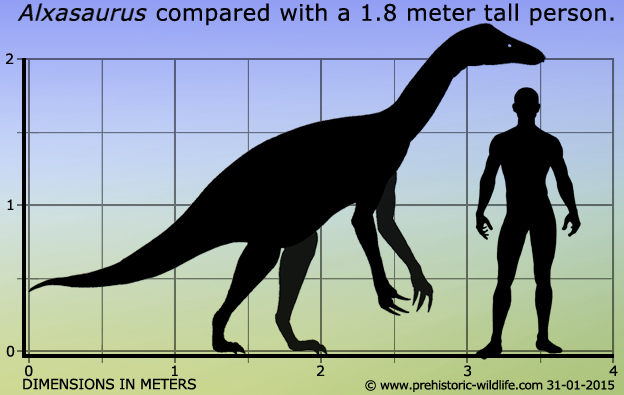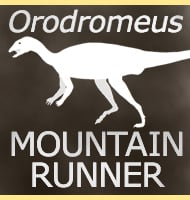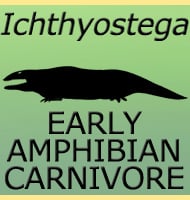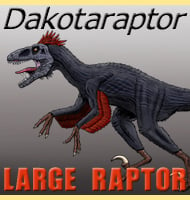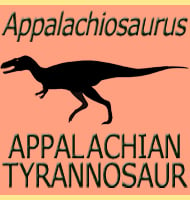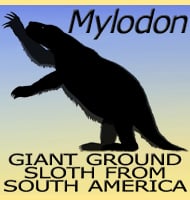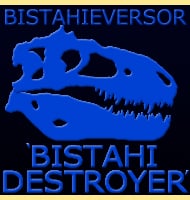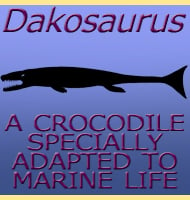In Depth
Alxasaurus was a very significant discovery since study of the bones of this dinosaur reveal both specialised therizinosaur morphs as well as more standard’ theropod features. Combined with its appearance in the early Cretaceous, Alxasaurus is firmly established as a transitory form that shows a stage of development between general theropods and the later more advanced therizinosaurids. Alxasaurus has a toothless mouth that in life would have acted like a beak. This lack of specialisation combined with its early appearance in therizinosaur lineage means that there is a little doubt to what this dinosaur ate.
The therizinosaurs were descended from the theropod dinosaurs, a group vastly associated with the eating of meat, and since Alxasaurus was still changing, it is not entirely implausible that it was capable of processing and digesting animal protein. However, Alxasaurus like all therizinosaurs were saurischian (lizard hipped) dinosaurs, and one group of these, the sauropods, became some of the most famous of plant eating dinosaurs of all time. Alxasaurus also does not have the build of a light weight and agile dinosaur, which a predator would need to be in order to hunt. Also the support of a ‘pot belly’ for housing a longer gastrointestinal tract (a requirement for animals that live on plants) is there in the skeleton. Add to this the large finger claws on the hands which were well adapted to reaching around tall branches so that more leaves could be brought down to the mouth, and the odds are stacked in favour of Alxasaurus being a plant eater. For the sake of argument however, if Alxasaurus and other therizinosaur genera ate meat, they would have almost certainly had to scavenge for it, and given their heavy build, only rely upon it to supplement their existing diet of plants.
Further Reading
- The affinities of a new theropod from the Alxa Desert, Inner Mongolia, People’s Republic of China, Dale Russel & Dong Zhiming - 1993 (released 1994).
